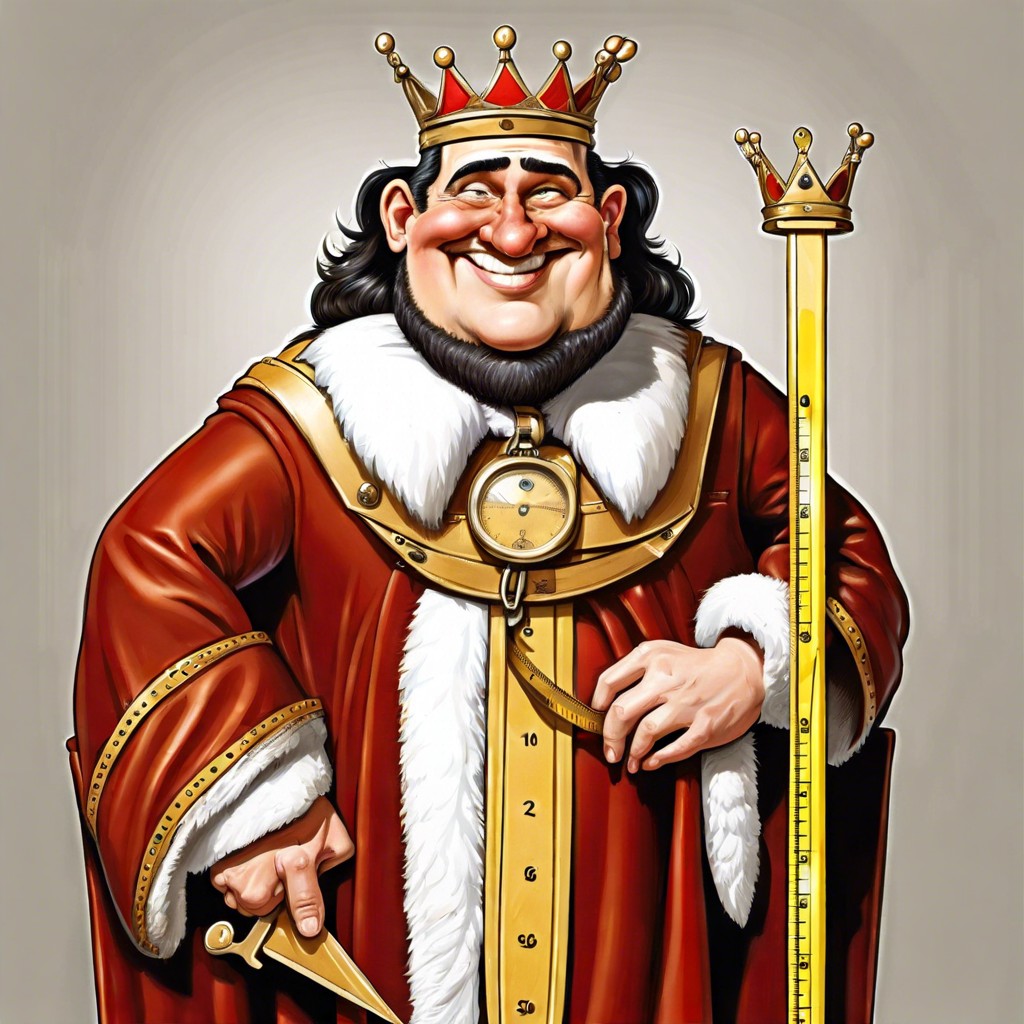Discover the scale of 2mm and its everyday comparisons to grasp its real-world size.
Key takeaways:
- 2mm is double the thickness of a standard credit card.
- An individual ant is about 2mm in length.
- 2mm is crucial in precision engineering, medical devices, and jewelry making.
- Use a metric ruler to measure 2mm accurately.
- Practice with a metric ruler to become faster and more accurate.
Visual Comparison to Common Objects
Imagine the tiny width of a standard credit card, which is about 1mm thick; 2mm is merely double that slim margin. Another relatable example is the tiny black ants often seen marching in lines; an individual ant measures around 2mm in length. For those who wear earrings, the standard post or the shank of a small stud earring is approximately 1mm to 2mm thick. These comparisons provide a tangible sense of how small 2mm really is, helping to visualize the scale with everyday items.
Real-World Applications
In precision engineering, a 2mm measurement is essential for ensuring components fit perfectly and function as intended. For instance, smartphone manufacturers might use this dimension in the design of buttons or camera components. In medical devices, 2mm could be the difference in diameter that a stent or a surgical screw needs to achieve its purpose effectively. Another interesting application is in jewelry making, where 2mm often corresponds to the thickness of small rings or the size of beads used in intricate designs. Each application highlights how crucial such a small measurement can be across various industries, impacting functionality and aesthetics alike.
Using a Metric Ruler
To measure 2mm effectively, a metric ruler is the easiest tool at your disposal. First, familiarize yourself with the smaller markings between each centimeter; these are typically divided into millimeters. On most metric rulers, the smallest lines represent millimeters.
Start at the “0” mark rather than the edge of the ruler for more accuracy. Align the start of the object with this point, and read where it ends; this will help you see how many millimeter markings it spans. Remember that ten millimeters make up one centimeter, so if your object reaches the second small line, it measures 2mm.
It’s a straightforward task with practice. The more you use a metric ruler, the faster and more accurate you’ll become in identifying these small, yet significant measures.




